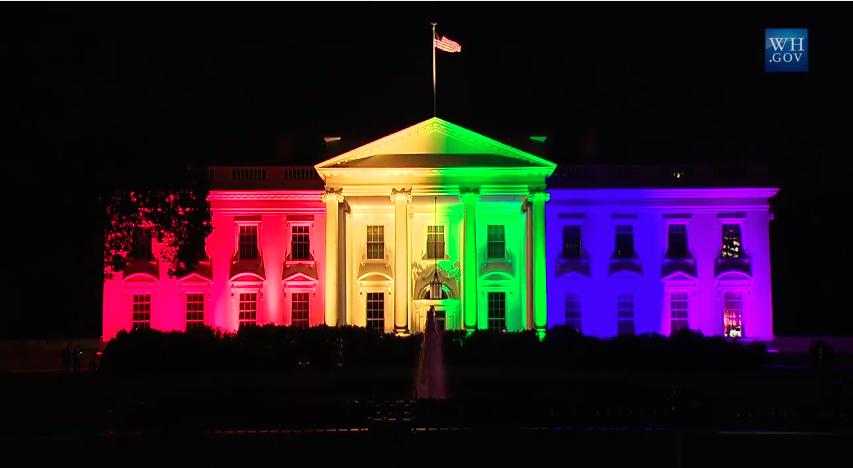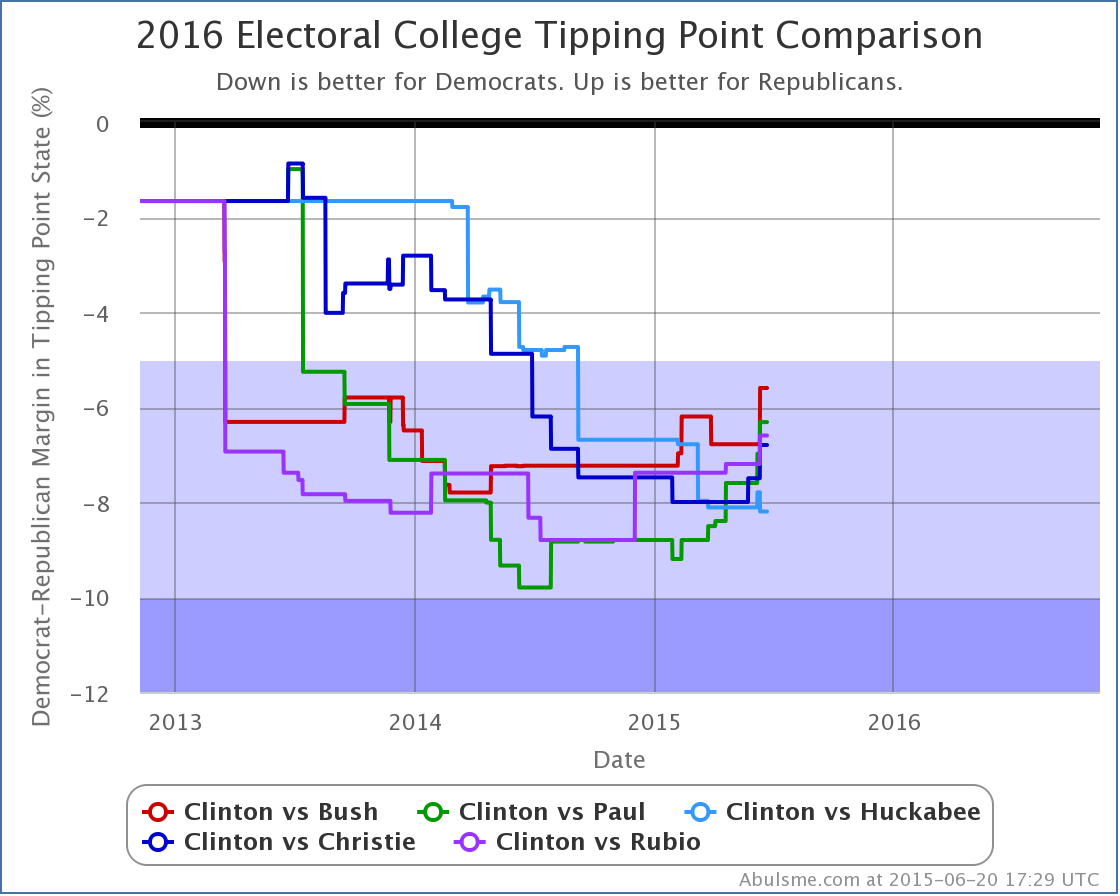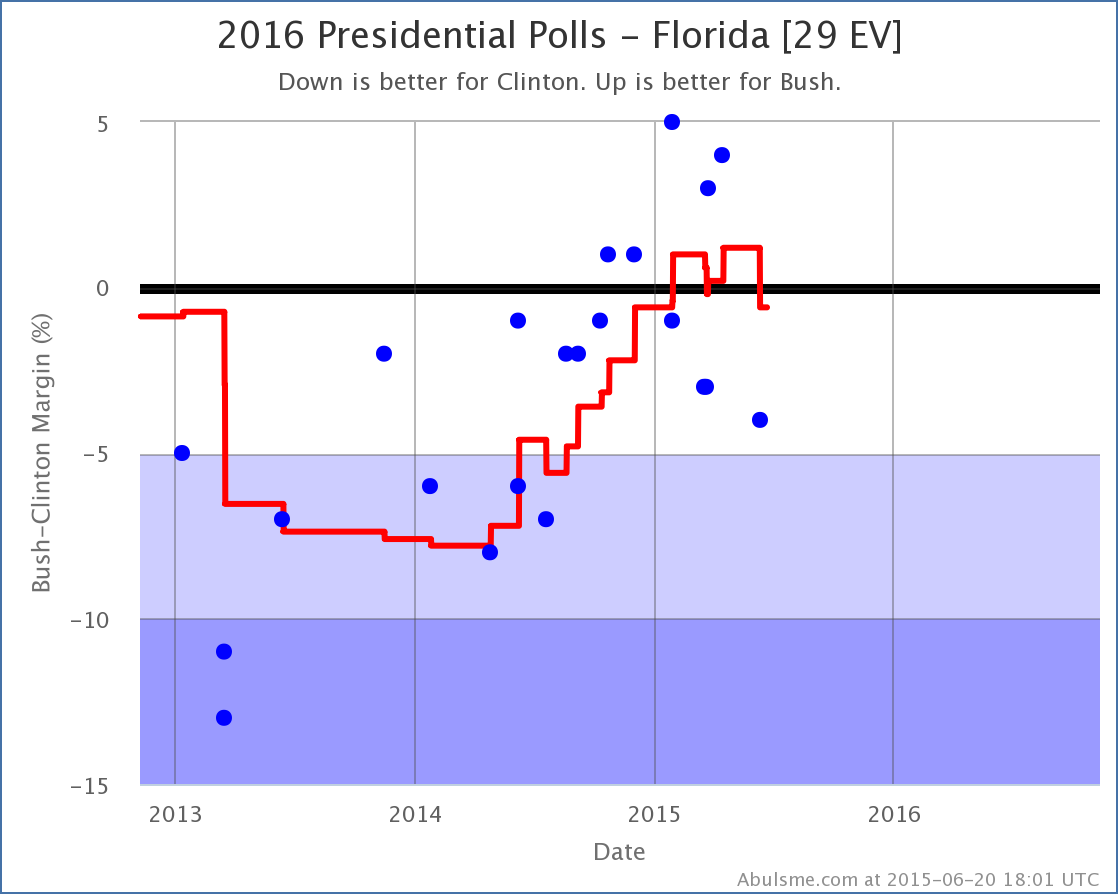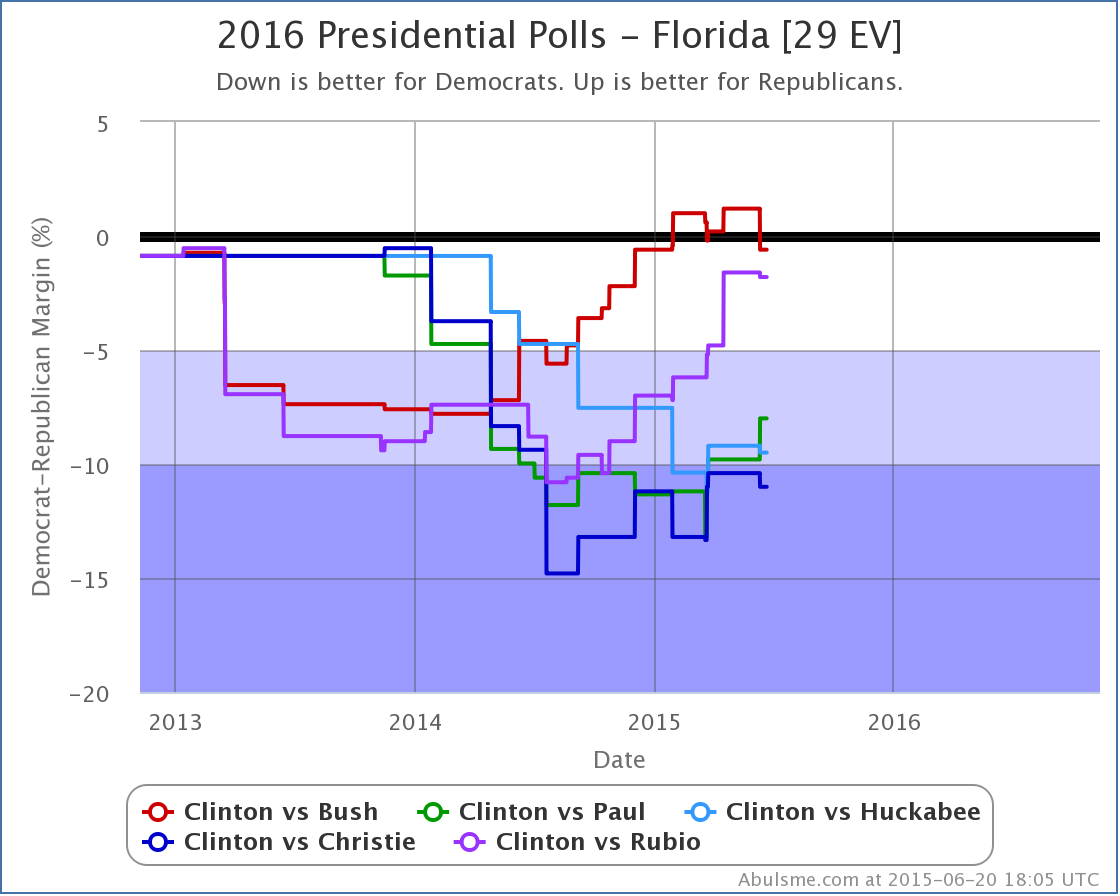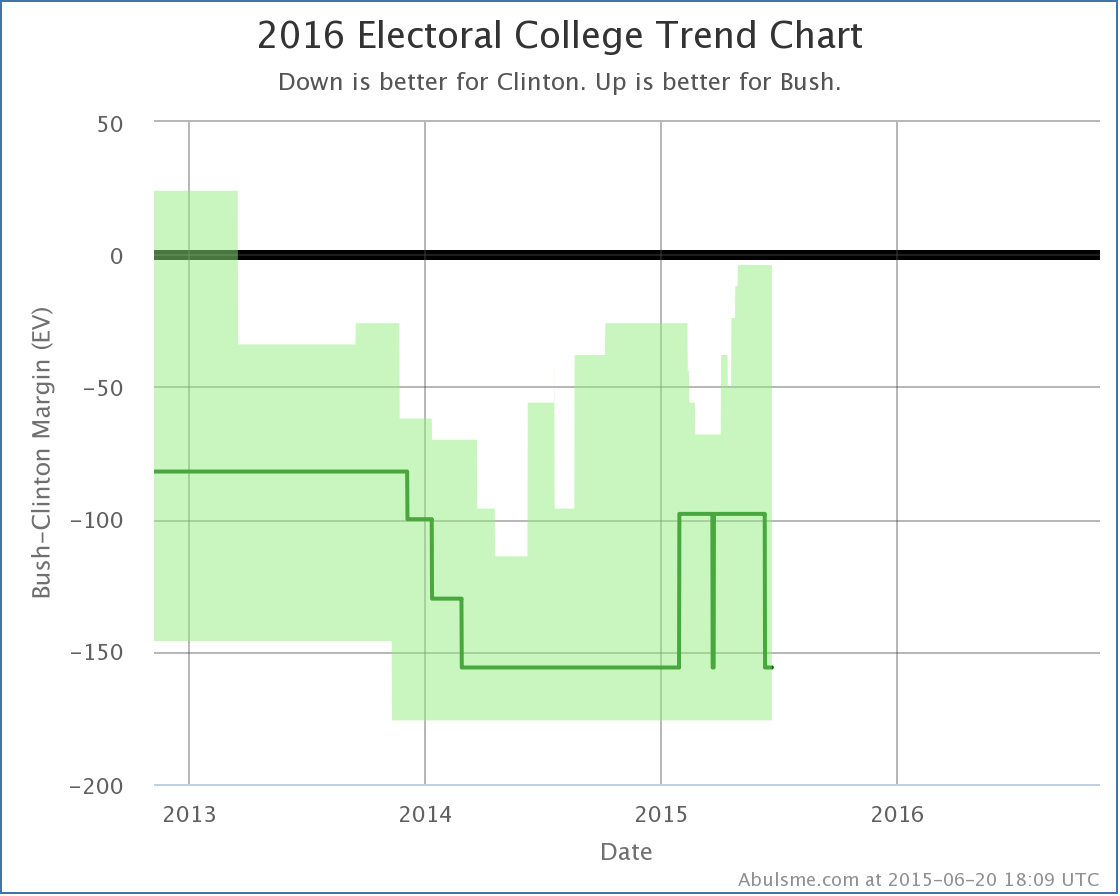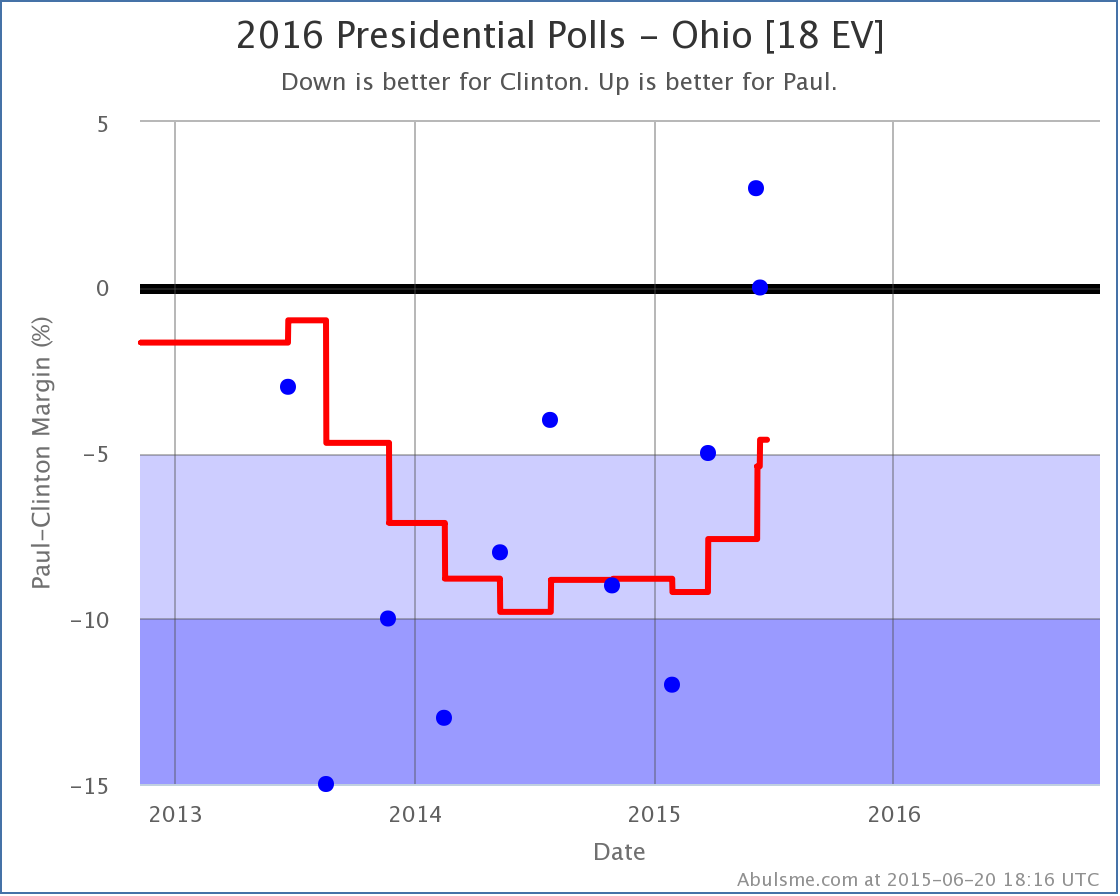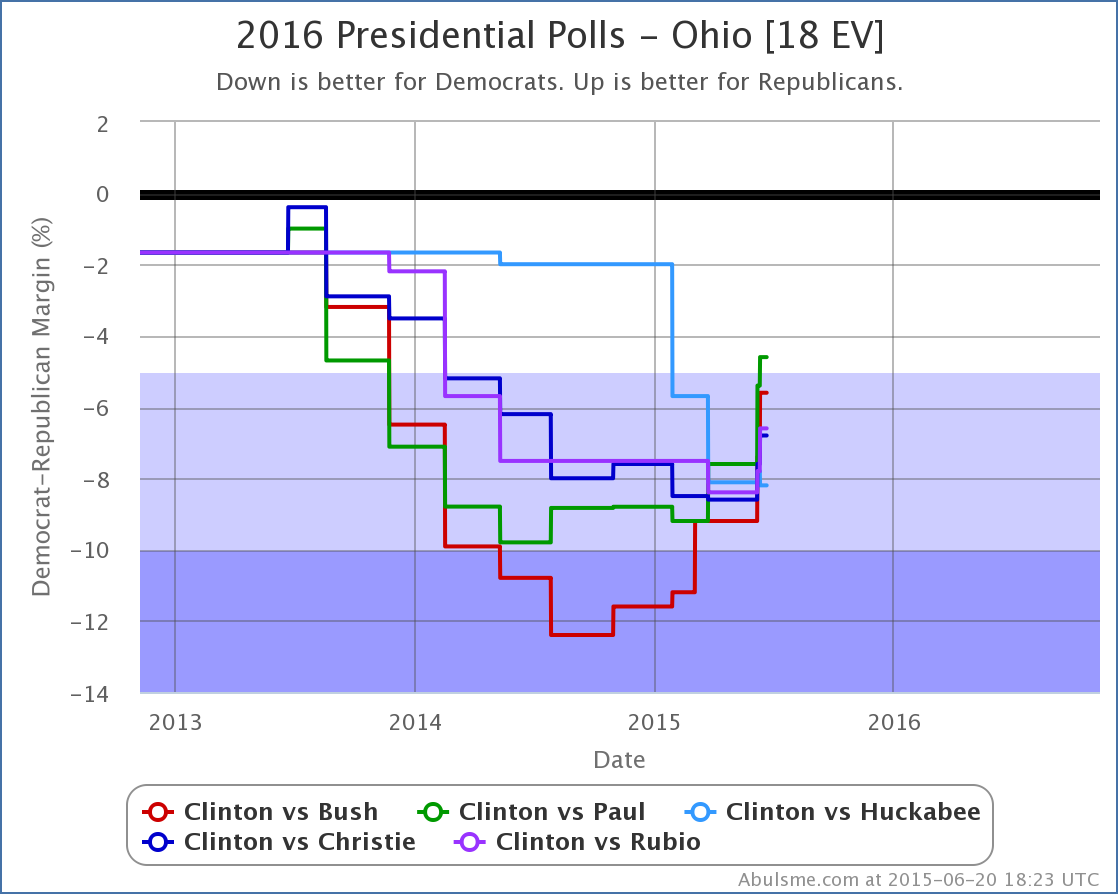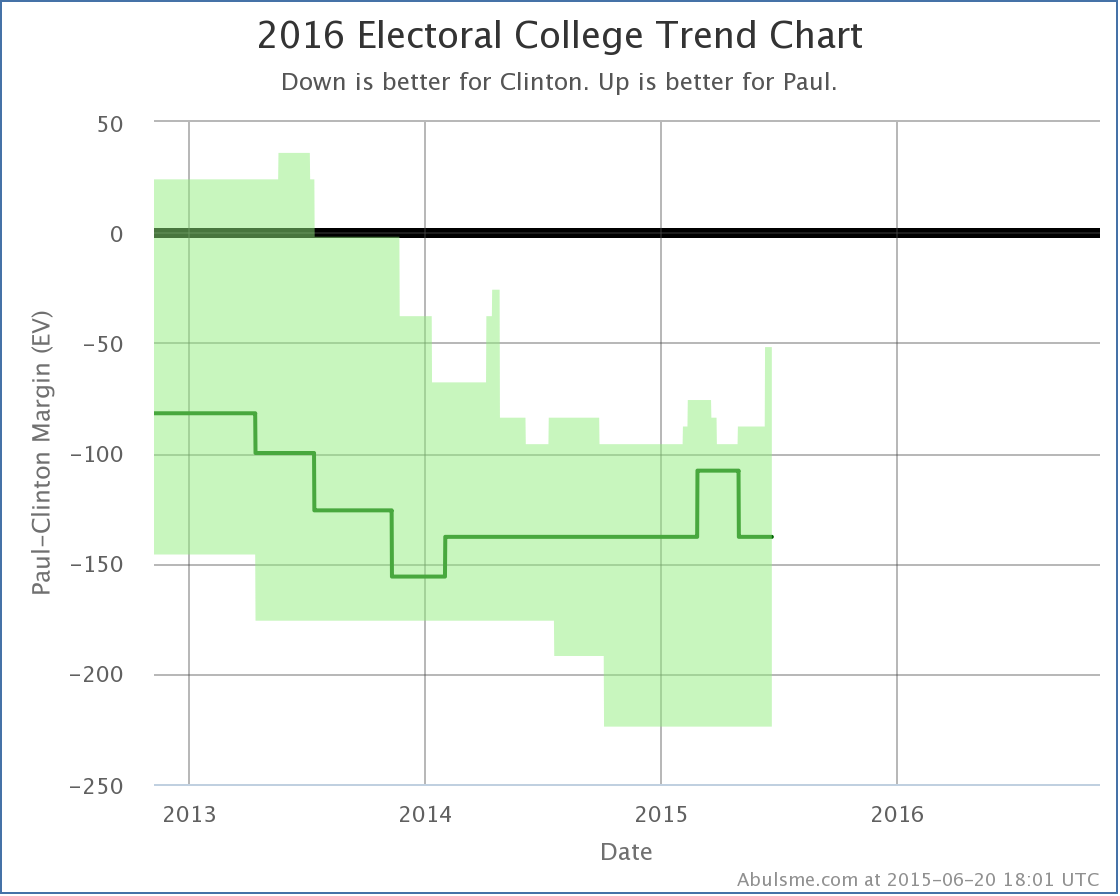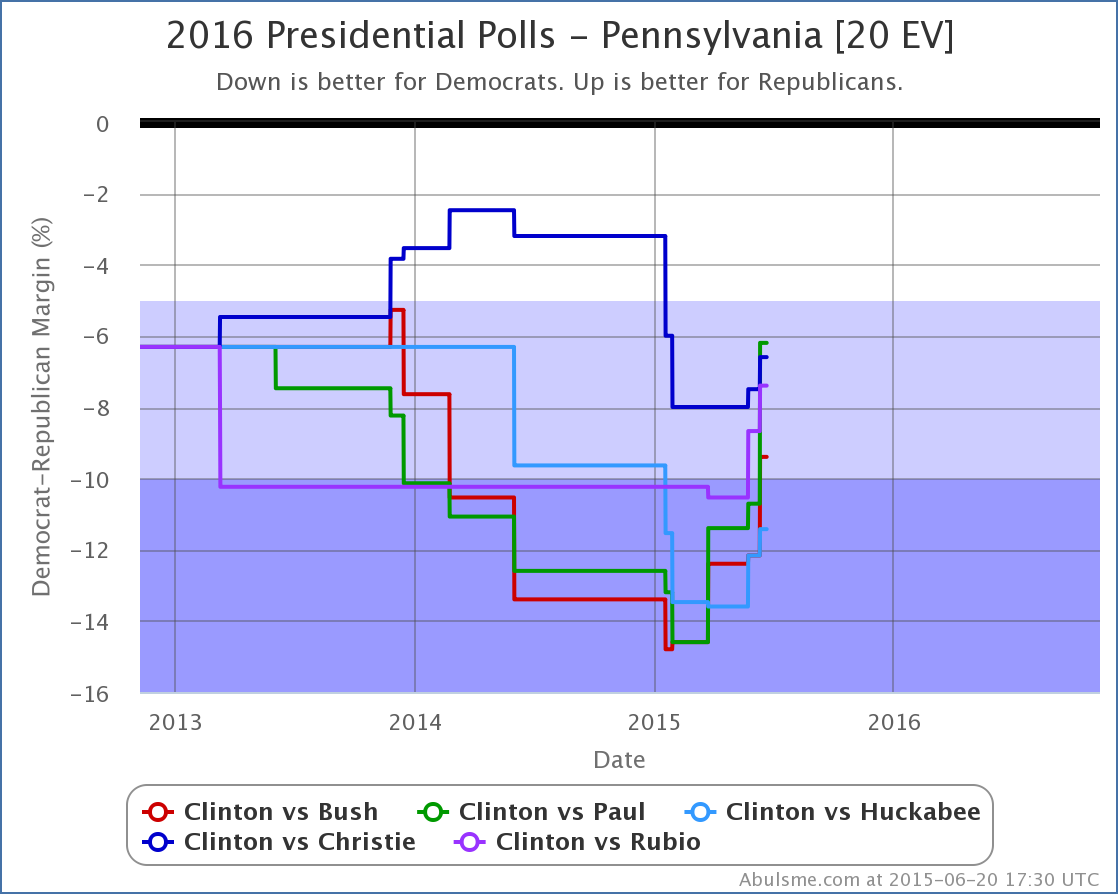- 18:47:18 [Blog Post] "Curmudgeon’s Corner: Indexing 90’s Spam!" http://t.co/xbC6LN21Fq
Yesterday was a powerful day. Gay marriage has never been one of “my issues”*, but I was caught up in the emotion of Friday’s decision anyway. I was at home getting ready for work when the decision hit. Within seconds waves and waves of people I follow on Twitter and Facebook were exploding in joy. People happy to be recognized as people. People telling their stories of going from being excluded to being accepted. People just happy in the moment. I found the tears flowing freely for most of the morning, at least until I pulled myself together when I got to work. :-) Later in the day Obama spoke at the funeral of Reverend Pinkney, who was killed in the terrorist attack in Charleston last week. If you haven’t seen it, go watch it now. This is Obama at his best. This is the aspirational Obama. This is the Obama calling out the hurt and pain of those who have been victims. This is Obama calling out the need for progress and improvement, and yes, change. This was the Obama that I voted for in 2008. It was powerful, it was moving. I was once again in tears for much of the speech. Yes, there are policy questions raised by Obama’s speech and many may disagree on parts of it. Should there be more restrictions around gun ownership or use and how does that balance against people’s right to self-defense or sport? What are the right ways to address systematic racism in our society? How can we bridge some of the obvious gaps in our society? Is there a role for government, or is this better managed in the private sphere? Reasonable people can disagree on these things, but that was not the real point. It was about mourning, solidarity, understanding, and the need to recognize and actually do something about real problems. And yes, there are legitimate arguments over process questions on gay marriage. Should the court really be the one to decide this? Were the specific legal grounds they used sound? As the day progressed and I started seeing more and more from the people upset by this decision, there was sometimes a veneer of these sorts of arguments, but it always seemed to ring hollow. Most of these folks didn’t REALLY care about how the decision was made. They just didn’t want gays to be able to marry. But at least they tried to hide it. In the mean time, many others thought this was a good time to show off their intolerance, insensitivity, and closed mindedness. Although I heard many YOUNG Republicans joining in the joy of their gay and lesbian fellow citizens, or showing a sense of respect and understanding toward racial issues, none of the Republican presidential candidates were even close. Reactions to marriage ranged from Jeb Bush saying he supports traditional marriage but the court has spoken to Huckabee in a full out intolerant tirade, to Walker suggesting a constitutional amendment, to Jindal suggesting (jokingly?) that we should just get rid of the Supreme Court altogether. Not one could say, “This is good!”. On Charleston the echos of last week’s cowardice and reluctance to call out the racist culture leading to the attack still resonate. When comments did eventually come they seemed half-hearted and reluctant at best. Come on now. I often find myself looking for the “reasonable Republican” because I’m not particularly happy with Democrats a lot of the time. After being an Obama supporter in 2008, I could not bring myself to vote for him in 2012. (I voted 3rd party, Romney wasn’t even a consideration.) I am not a Clinton fan, and don’t particularly want to vote for her. On certain issues I find myself attracted to Republican or Libertarian minded positions. I want to have a reasonable debate between alternatives that results in a compromise that turns out to be better all around. When I go to vote, I want to feel like I have more than one reasonable choice. But then we have days and weeks like this. The worst parts of the Republican base come out, and the LEADERS, the Presidential candidates, the Senators, the Governors, do nothing to separate themselves from those people. Some of them actively encourage it and egg it on. I have voted for Republicans before. I hope to vote for Republicans again. I have prided myself as being non-partisan, someone who could vote for either party so long as they had a good candidate with interesting ideas that I could get behind. But as I said in this week’s Curmudgeon’s Corner podcast, so long as the Republican party is still a welcoming place to racists, homophobes, xenophobes, and science deniers, let alone if they are LED by those folks, then they are just pushing me further and further into the arms of Democrats. Any positive aspects to any particular policies pushed by any one Republican get completely outweighed by the thought that by supporting that candidate, I might enable not just those things, but a whole raft of things I vehemently disagree with. Yesterday I was moved to tears twice by “the left” and felt positive and affirmed. Yesterday each time “the right” spoke, I shook my head in shame and disgust. Good job guys. You may be strengthening parts of your base, but you are alienating the middle. And you need us to win. * My “real” position on marriage is that I don’t understand why government is involved in or recognizes any marriage at all, other than as a contract entered into between adults, just like any other contract drawn up between people, and that it shouldn’t have any implications to anything else. As far as the state is concerned anyway. But that isn’t how things are. So long as government does recognize marriage and there are legal and financial implications to marriage, as well as cultural and social ones, then I feel it should be wide open to whoever wants to participate.
Today’s update (which included a Detroit News poll in MI and Quinnipiac polls in Florida, Ohio and Pennsylvania) brings seven changes of note to the five best polled candidate pairs. Plus Clinton vs Bush once again takes the top spot as the best polled candidate pair, but there isn’t much else to say about that. As usual, click on any of the charts for more details from election2016.abulsme.com or follow @ElecCollPolls on Twitter for detailed poll information as I add it. Tipping Point Moves Five of those seven changes are tipping point changes. (Reminder: The tipping point is the margin in the state that would put the winning candidate “over the top” in the electoral college.) The tipping point changed for all five of the candidate pairs, so instead of looking at them individually, lets look at the comparison: Looking both at the most recent change, and also at the change over the last three months, Bush, Paul, Christie and Rubio have all improved vs Clinton. Only Huckabee’s situation has worsened. For the candidates that are improving, the movement seems to be accelerating. Bush’s tipping point specifically is down to only 5.6%. This still translates into a “Strong” lead for Clinton according to the categories I have defined, but we’re getting pretty close to the 5.0% boundary. Just a few more good polls for Bush in the right states, and the tipping point could move into the “Weak Clinton” zone, meaning that if Bush managed to win all of the close states (including the ones where Clinton is a little ahead) he would win. At that point, we would have an actual competitive race. Clinton would still be ahead, but a Bush win would be within the realm of reasonable possibility. Clinton vs Bush In addition to the tipping point changes, a couple of states changed categories. First up, Bush in Florida. Florida moves from just barely Bush, to just barely Clinton. Bottom line, in this paring, Florida is close. Right now this is true for only Bush and Rubio. The other three Republican candidates in the top five polled pairs trail Clinton badly: For Bush though, for the moment, Florida slips off the list of states he is ahead in, and his “expected case” drops: This brings Bush’s “expected” result back to Clinton 347 to Bush 191, a 156 electoral vote loss. (This is the same margin at the moment as Huckabee, Christie and Rubio… only Paul differs right now, losing by only 138 electoral votes because unlike the others, Paul is ahead in Colorado.) Clinton vs Paul The other category change is that in Clinton vs Paul, Ohio moves from Strong Clinton to Weak Clinton: The last two polls actually show Paul ahead in Ohio. The average, which covers almost 8 months of polls at the moment, isn’t there yet, but it is moving in Paul’s direction. Ohio is looking closer and closer. And that isn’t just Paul. If we do the comparison in Ohio, we see this movement is broader: Once again, everybody except Huckabee is improving against Clinton. Or perhaps it would be better to say that Clinton is falling. Either way, Ohio is looking closer than it did. Paul is the first of these five candidates to move Ohio into the “potential win” category according to my classifications, but Bush isn’t far behind. For Paul, this improves his “best case” where we give him all of the states he is ahead in, plus all the states where Clinton’s lead is less than 5%: In his “best case” Paul now only loses to Clinton by 52 electoral votes. This is Paul’s best best case since I officially launched this analysis after the November election. Pennsylvania The polls this time around in Michigan didn’t change anything, but the ones in Pennsylvania are worth mentioning even though there were no category changes for any of the five candidate pairs. Brandon Finnigan (@ConArtCritic) of the Ace of Spades HQ Decision Desk election tracking site tweets constantly about how Republicans should be targeting Pennsylvania as the keystone (get it?) to their election strategy. In his recent article “How The GOP Could Win Pennsylvania” he outlines the argument. So lets look at how the state is going given current polling. (Which of course will change a lot before we get to the election.) Moves in Pennsylvania did contribute to some of the tipping point changes we talked about today, and when we look at Pennsylvania, we are seeing what looks like clear movement toward the Republicans, even though it isn’t quite switching categories yet: All five candidates have improved against Clinton in the last three months, some of them by large margins. Paul went from down by 14.6% in March, to down by only 6.2% right now. That is a huge move! Now, this probably isn’t because any of the candidates are specifically targeting Pennsylvania at this point, but more likely just a reflection of Clinton’s overall decline nationally. None of the candidates have made it close in my poll averages yet, but Clinton’s margins have been narrowing rapidly. Finnigan is certainly right that if the Republicans can make Pennsylvania close, let alone turn it red, this probably means an overall Republican victory in the electoral college, because whatever they did that could flip Pennsylvania would almost certainly flip other blue states that currently are closer than Pennsylvania as well. Now, does that mean targeting Pennsylvania specifically rather than going after those closer states first is the best strategy? I don’t know. For Bush for instance, if you start with the states he is already ahead in and then see which states he would need to flip to win, you get this list (in order by how far behind Bush is right now in my poll averages):
At that point Bush would have enough electoral votes to win. To get to Pennsylvania on this list, you’d have to also go past Minnesota, Nevada, Wisconsin, and Michigan. Then Pennsylvania. Would it be better to concentrate directly on the seven states above? Or is jumping forward to Pennsylvania’s 20 electoral votes somehow an easier path? If Pennsylvania is specifically more vulnerable due to some of the factors Finnigan mentions, then maybe. I think Finnigan’s point is broader than that though. It isn’t that Pennsylvania is a better target than Ohio or Colorado, although maybe it is. It is more that if the Republicans took Pennsylvania seriously, and did everything they needed to do to win Pennsylvania, then those same things could be applied more broadly, and a lot of other states would move too, and the Republicans would not just win, but win clearly, not a “just barely” sort of win like they got in 2000 and 2004. The movement we’re seeing so far does show that Pennsylvania is movable. Can it move enough to make it red? I have my doubts absent the Democratic candidate simply collapsing on a nationwide basis. But Pennsylvania might be worth watching anyway… Bottom Line Aside from Florida moving her direction but remaining pretty close, and Huckabee generally not doing well, Clinton seems to be continuing to weaken against most Republicans. This reflects the campaign beginning to get under way in earnest, and the name recognition gap slowly diminishing. The question is where this trend ends. After a few debates happen, do we reach some sort of steady state Clinton lead a bit narrower than it is today, or do the Republicans continue to gain on her until we really have a race that could go either way, or even with Republicans in the lead? As usual, stay tuned. 507 days to go! Note: This post is an update based on the data on my 2016 Electoral College Analysis Site. All of the charts and graphs seen here are from that site. Graphs, charts and raw data can be found there for the race nationally and in each state for every candidate combination that has been polled at the state level. In addition, comparisons of the best polled candidate combinations both nationally and each in each state are available. All charts above are clickable to go to the current version of the detail page the chart is from, which may contain more up to date information than the snapshots on this page, which were current as of the time of this post. Follow @ElecCollPolls on Twitter for specific poll details as I add them. Edit 23:07 UTC to add some additional links to the election site and Twitter.
|
||
